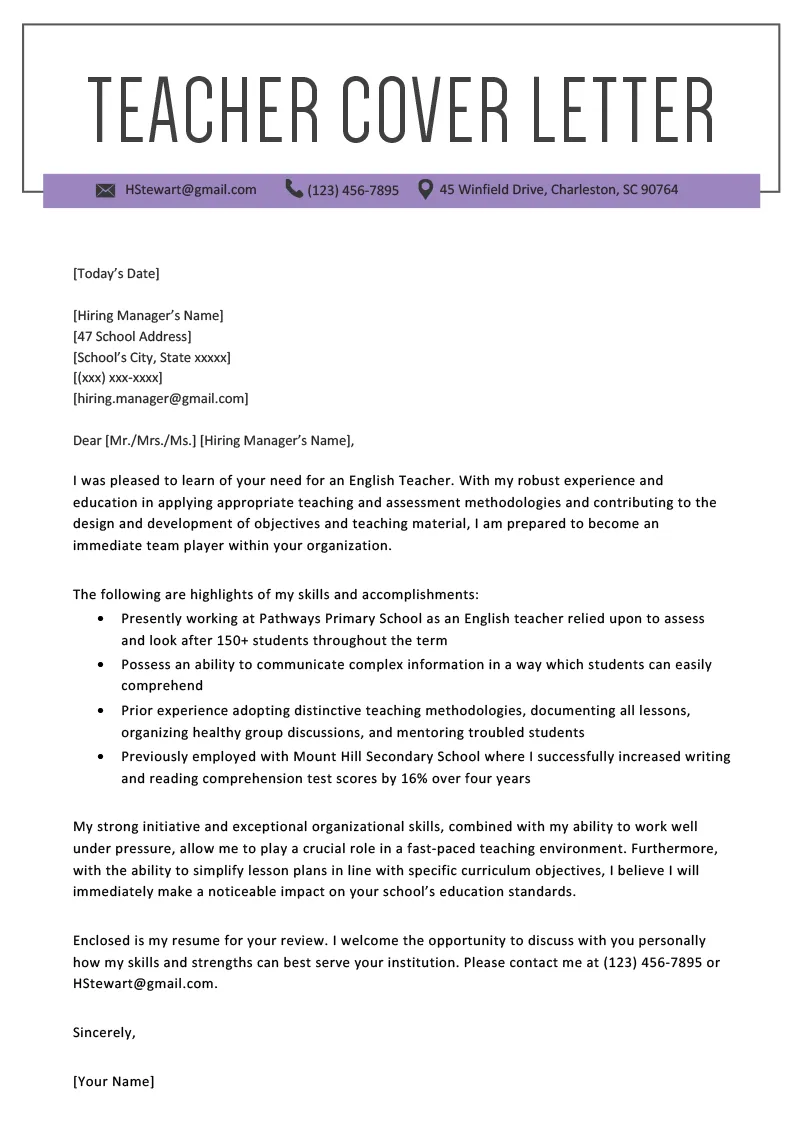Understanding the Purpose of a Teaching Cover Letter
A teaching cover letter serves as your first introduction to a potential employer. It’s your chance to make a strong first impression and convince the hiring manager to read your resume. Unlike your resume, which provides a factual overview of your qualifications, your cover letter allows you to express your personality, passion for teaching, and how your skills align with the specific needs of the school and the advertised position. It provides context and allows you to elaborate on your achievements and explain why you are the ideal candidate. A well-crafted cover letter will set you apart from other applicants and increase your chances of landing an interview.
Key Components of a Compelling Cover Letter
A successful teaching cover letter incorporates several key components, each playing a crucial role in showcasing your suitability for the role. These elements work together to create a cohesive narrative that highlights your strengths and expresses your enthusiasm for the position. By including all these elements, you demonstrate professionalism, attention to detail, and a genuine interest in the opportunity, increasing your chances of success. Leaving out any of these key components can weaken your application.
Personal Information and Contact Details
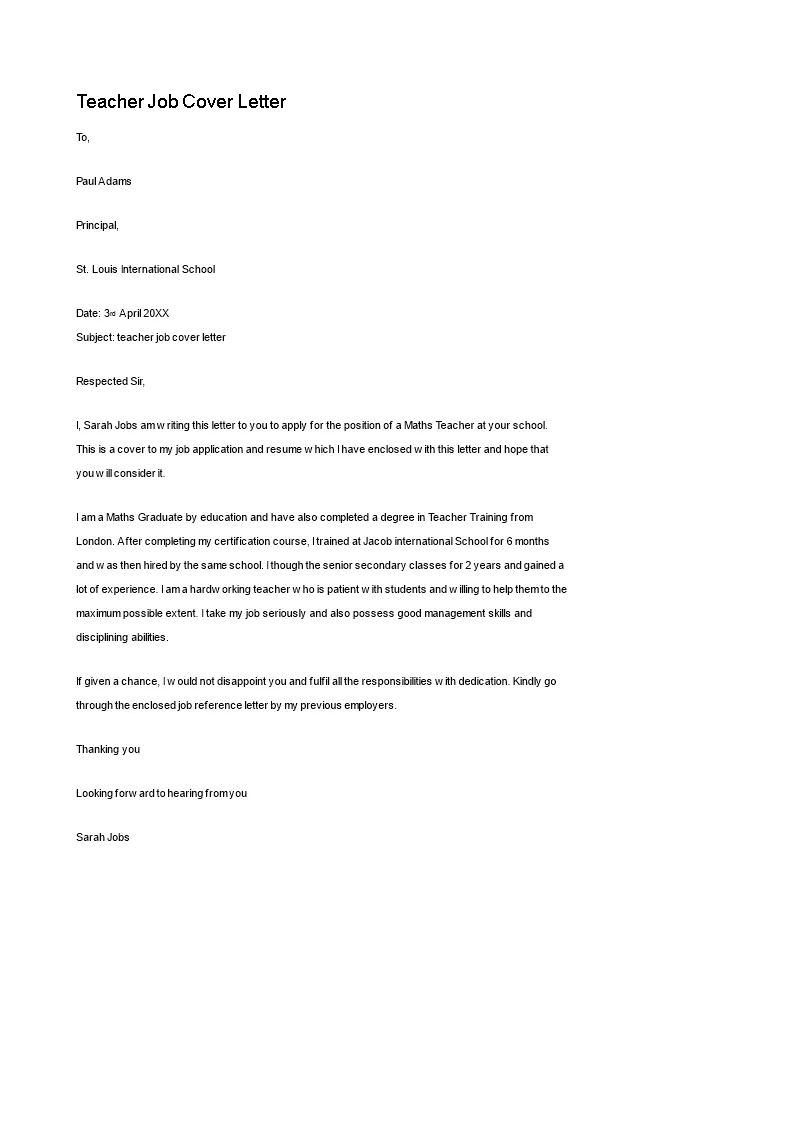
Start with your full name, address, phone number, and professional email address. Ensure the email address is professional. This section allows the hiring manager to easily contact you for an interview or further inquiries. Accuracy is paramount; double-check all details to avoid any errors that could prevent the employer from reaching you. Place this information at the top of the letter for easy access.
Addressing the Hiring Manager
Always address the hiring manager by name if possible. Research the school’s website or LinkedIn to find the name of the principal or hiring manager. Addressing the letter to a specific person shows that you’ve taken the time to research the school and are genuinely interested in the position. If you can’t find a name, use a professional salutation such as ‘Dear Hiring Committee’ or ‘Dear [Department Name] Hiring Manager’. Avoid generic greetings such as ‘To Whom It May Concern’.
Highlighting Your Teaching Experience
Detail your teaching experience, including the schools you’ve worked at, the grades you’ve taught, and the subjects you’ve specialized in. Focus on achievements rather than just listing responsibilities. For example, instead of saying ‘Taught 5th-grade math,’ say ‘Improved student math scores by 15% through differentiated instruction.’ Quantify your accomplishments whenever possible to demonstrate the impact of your teaching. This section should showcase a pattern of successful teaching experience that aligns with the job description.
Showcasing Your Skills and Qualifications
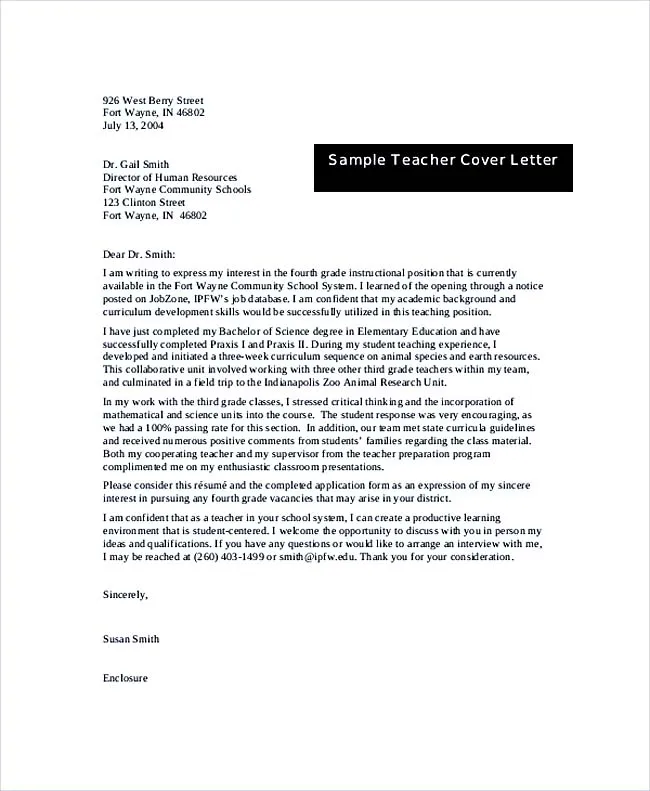
Highlight your relevant skills and qualifications. This includes your teaching certifications, any specialized training you’ve received, and any specific teaching methodologies you are proficient in, such as differentiated instruction, project-based learning, or classroom management strategies. Mention any technology skills, such as proficiency in educational software or online teaching platforms. Tailor this section to match the requirements listed in the job description to make a direct connection between your skills and the needs of the school.
Demonstrating Your Passion for Teaching
Express your passion for teaching and your commitment to student success. Share what motivates you to be an educator and what you enjoy most about the profession. Describe your teaching philosophy, highlighting your approach to creating a positive and engaging learning environment. Showcase any personal anecdotes or experiences that illustrate your dedication to fostering student growth and development. This personal touch can make your letter memorable and demonstrate that you are more than just a qualified candidate.
Expressing Your Interest in the School
Demonstrate that you’ve researched the school and understand its mission, values, and programs. Mention specific aspects of the school that appeal to you, such as its focus on technology, its commitment to community involvement, or its innovative teaching methods. Explain why you believe you’d be a good fit for their school culture. Showing this level of interest and understanding will demonstrate your genuine enthusiasm and increase your chances of being noticed.
Formatting and Presentation Tips
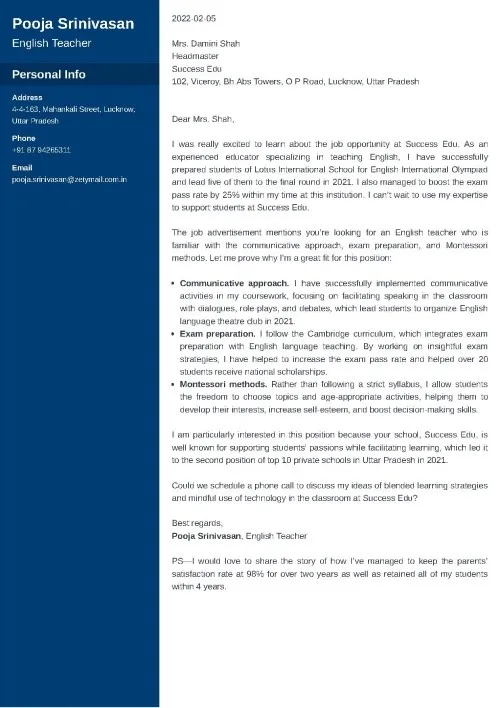
The way your cover letter looks is just as important as what it says. A well-formatted cover letter is easy to read and projects professionalism. Use these formatting tips to create a polished and professional cover letter that grabs the hiring manager’s attention from the start. Poor formatting can make your letter difficult to read and reflect negatively on your attention to detail.
Choosing the Right Font and Font Size
Select a professional and easy-to-read font, such as Times New Roman, Arial, or Calibri. Use a font size between 11 and 12 points. Ensure consistent font usage throughout the document. Avoid overly decorative or unusual fonts, as they can distract from the content. A clean and simple font choice will make your cover letter more accessible and reader-friendly.
Using Clear and Concise Language
Write in a clear, concise, and professional tone. Use active voice and avoid jargon or overly complex sentences. Get straight to the point and avoid using vague language. Break up long paragraphs into shorter, more manageable ones. Ensure that your writing flows smoothly and is easy to understand. This will demonstrate your communication skills, which are essential for teaching.
Proofreading and Editing Your Cover Letter
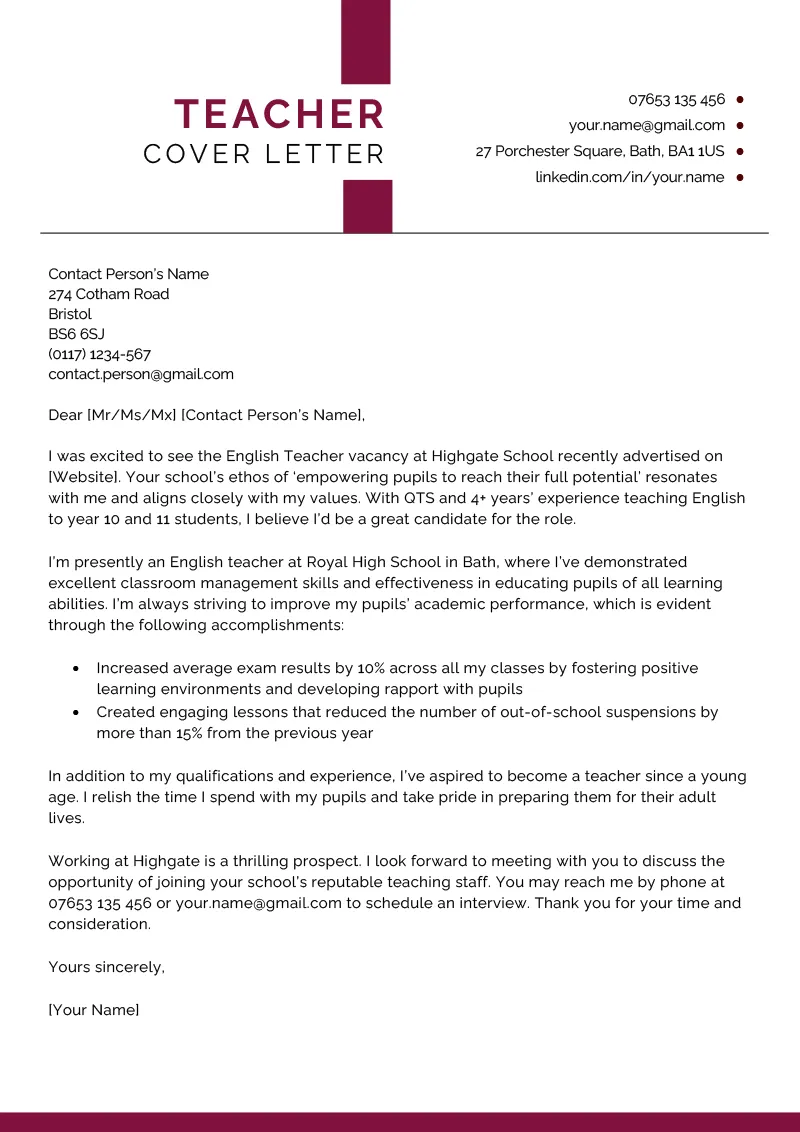
Proofread your cover letter carefully for any spelling, grammar, or punctuation errors. Errors can create a negative impression and undermine your credibility. Have a friend, colleague, or family member review your letter as well. Using a grammar and spell checker can help, but it’s not a substitute for careful human review. Errors can easily occur and often make their way through digital checks. Ensure every word, sentence, and paragraph is perfect.
Tailoring Your Cover Letter for Each Job Application
Avoid sending a generic cover letter to multiple schools. Customizing your letter to match the specific job description and the school’s values is crucial for demonstrating your genuine interest and suitability. This shows you’ve invested the time and effort to understand their needs and requirements. Generic cover letters often go unread.
Researching the School and Its Values
Research the school’s website, social media presence, and any other available information. Understand their mission, values, and any unique programs or initiatives they offer. Tailor your letter to reflect how your skills and experience align with their specific needs. This will show that you are a great fit for their community. This demonstrates that you are taking the process seriously.
Customizing Your Letter to Match the Job Description
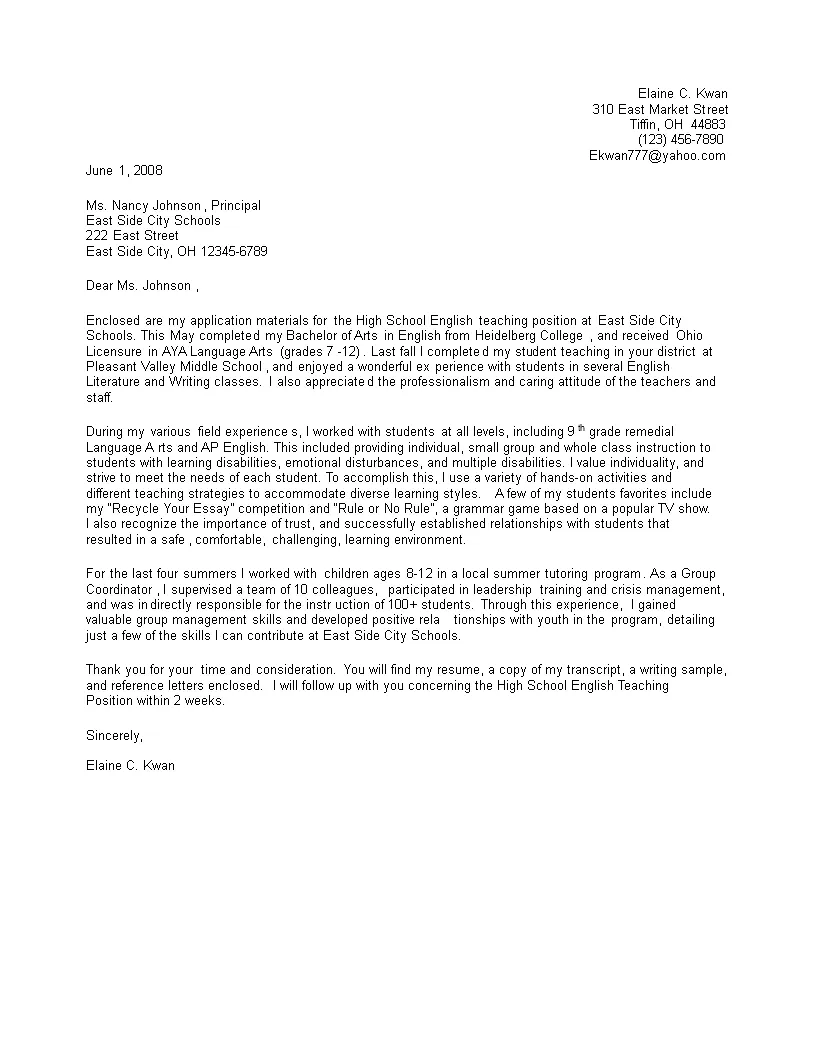
Carefully review the job description and identify the key skills and qualifications the school is looking for. Customize your cover letter to highlight your relevant experience and qualifications that match these requirements. Use the language from the job description to demonstrate that you understand their needs. This shows that you are a strong match for the position.
Using Keywords from the Job Posting
Incorporate relevant keywords from the job posting into your cover letter. This helps your application get noticed by applicant tracking systems (ATS) and ensures that the hiring manager can quickly identify your qualifications. Use these keywords naturally, rather than stuffing them into the text. This strategy is an effective way to improve the visibility of your application.
Closing Your Cover Letter
The closing of your cover letter is your final opportunity to make a positive impression. You should express your gratitude, restate your interest, and provide your contact information. Following these guidelines will leave the reader with a strong, positive view of your application.
Thanking the Hiring Manager
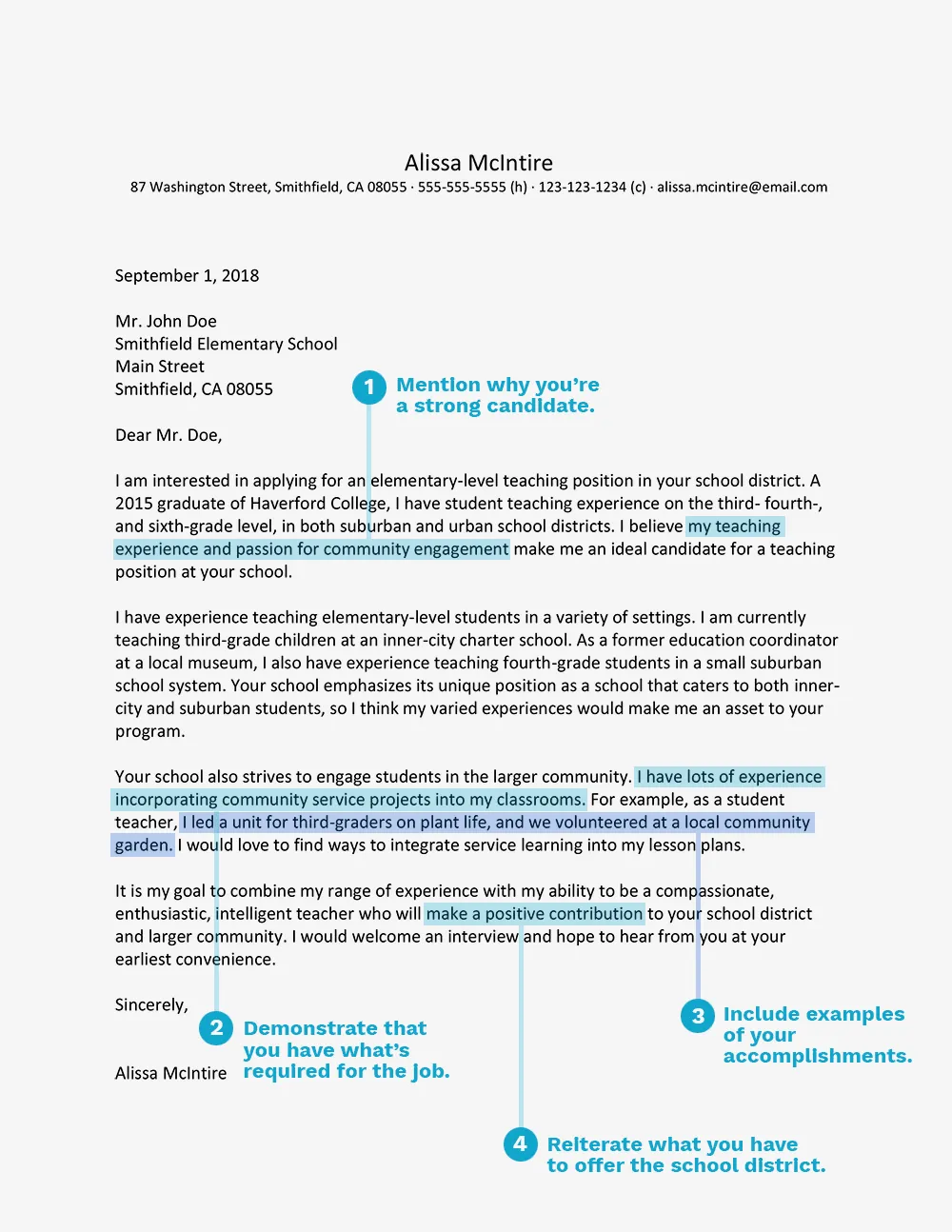
Thank the hiring manager for their time and consideration. Express your appreciation for the opportunity to apply for the position. This gesture shows courtesy and professionalism. A simple phrase like ‘Thank you for your time and consideration’ can make a positive impact.
Providing Contact Information
Reiterate your contact information, including your phone number and email address. Make it easy for the hiring manager to reach you. A clear and concise closing with your contact information ensures the recruiter has everything they need to move forward in the hiring process. Include a professional sign-off, such as ‘Sincerely’ or ‘Best regards’.
